Share
5 Animal Photography Tips From Animal Lover and Photographer Extraordinaire Lisa Godfrey
Lifestyle and commercial photographer Lisa Godfrey has a knack for capturing animals in an honest way. Her images feature smiling dogs hanging out ...
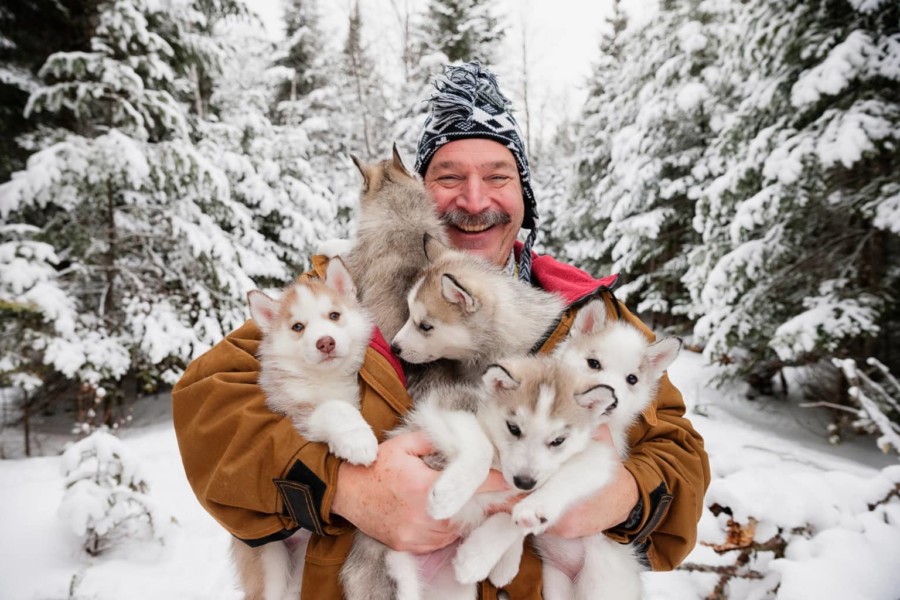
Lifestyle and commercial photographer Lisa Godfrey has a knack for capturing animals in an honest way. Her images feature smiling dogs hanging out the windows of cars, bashful lambs, curious barn cats and pensive working dogs taking breaks from their responsibilities. If animals could talk, I’d bet on Lisa to capture their voice.
Photographing pet care brands, animal welfare groups, magazines and dairy farms, Lisa’s love of animals and career expands far beyond studio portraits of trained animal models. I was lucky enough to catch Lisa in between shoots and, after oohing and ahhing over her gorgeous work, asked if she’d be willing to share some animal photography tips with our readers. Whether you’re looking to expand your business to include pet photography or just want to see your precious pet through a new lens, take a look.
The following is directly from Lisa Godfrey.
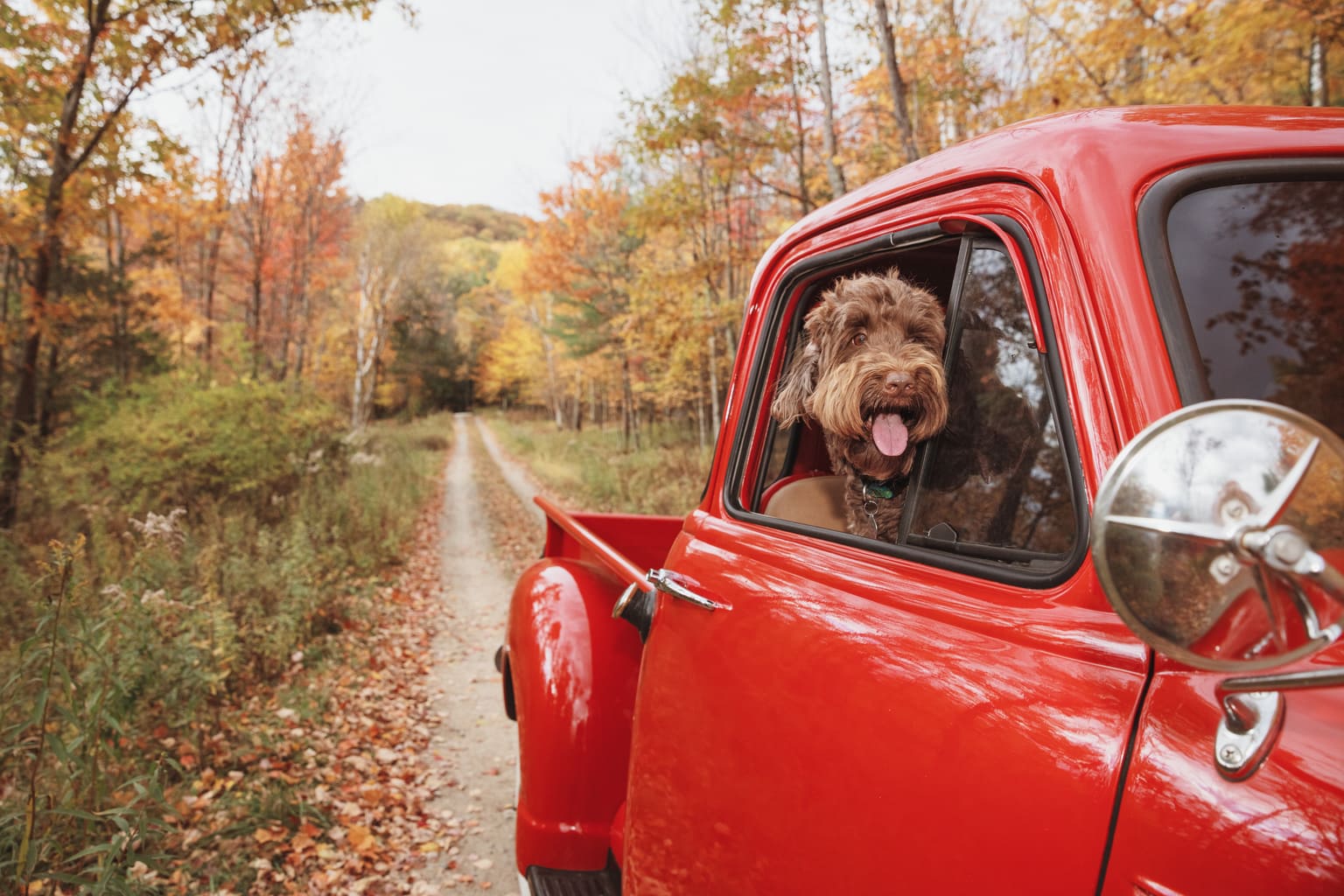
I started photographing dogs not long after adopting our first dog Athena. I had been taking obedience classes with her and it became clear that we both enjoyed working together. It wasn’t long before we were teaching assistants and a certified therapy dog. At the time, I was working with Amanda Sosa Stone, a consultant who works with photographers on the creative and business aspects of their careers, and she suggested combining two of my passions: animals and photography.
My first big job in this space was compiling an image library of pets and their owners for Virbac, the animal health company. I expanded into livestock years later while photographing Wendy at Sugar House Creamery for my yearly dog calendar. Margot, one of the Sugar Hill owners, asked if I’d photograph her cows.
Over the past twenty years, I’ve learned a ton as a professional photographer. Check out my 5 tips for photographing animals:
Remember: animals don’t act. Motivation is key. If they are happy they look happy. This means you might need to be flexible in your expectations. In order to get the shot you want, find out what motivates them. It’s important to remember that if a dog is uncomfortable it will show on camera. My girl, Nita, is a spunky terrier mix and there’s no hiding how she feels. She’s usually intensely watching me for what is next.
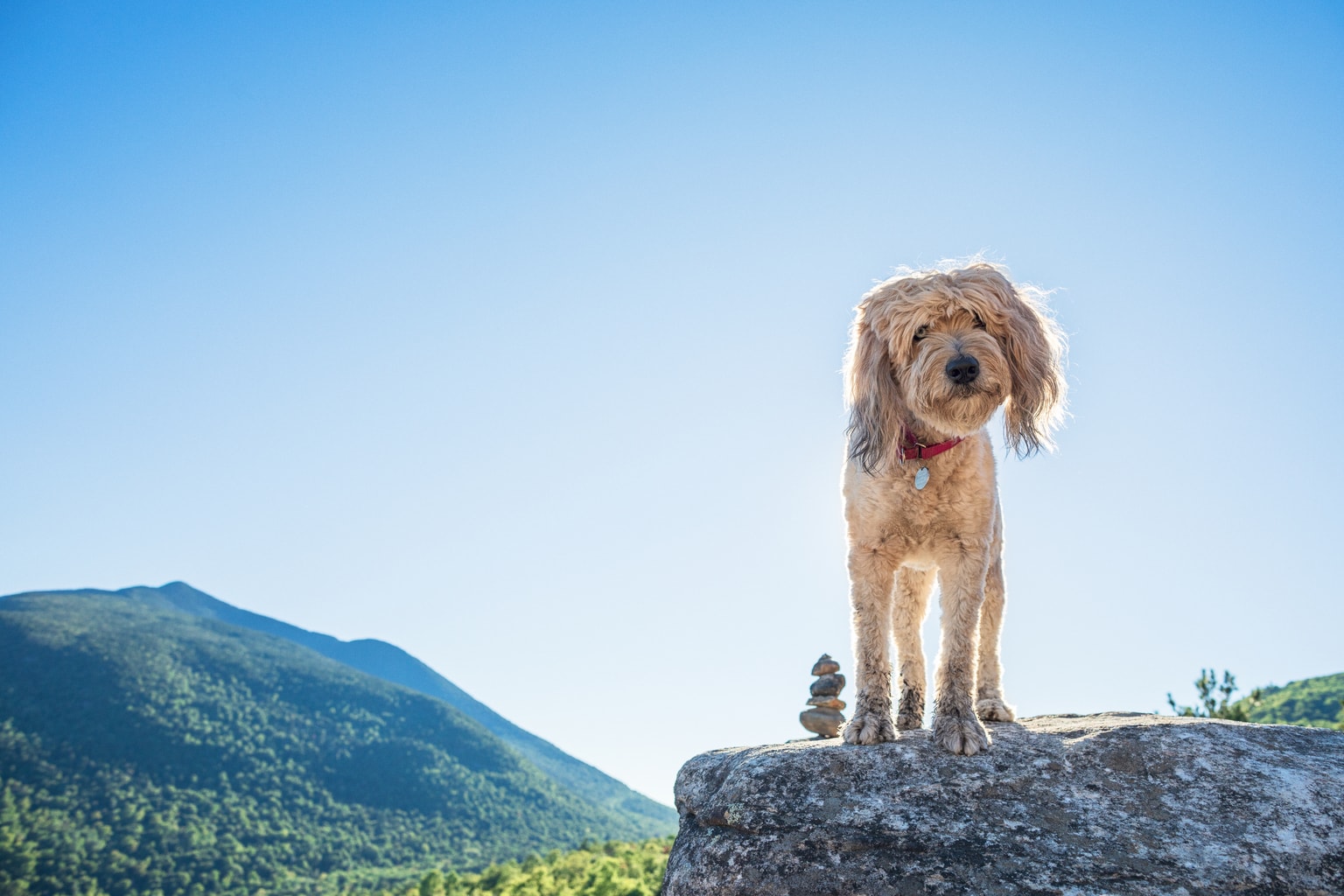
Nita is not food motivated and is a high strung, nervous dog. It makes her more challenging to work with, so it’s all about our interactions.
You won’t always have an animal handler on set, so you’ll need to figure out what motivates your subject. Some dogs will work for food, others may react to a toy or prop. You can use either as bait to get your subject to look where you want. Rebus in my latest dog calendar was NOT motivated by my stinky dog treats. He preferred a squeaky tennis ball. Cats might take a little more coaxing than dogs, however, most can be tempted with toys on strings. A bit of controlled play goes a long way.
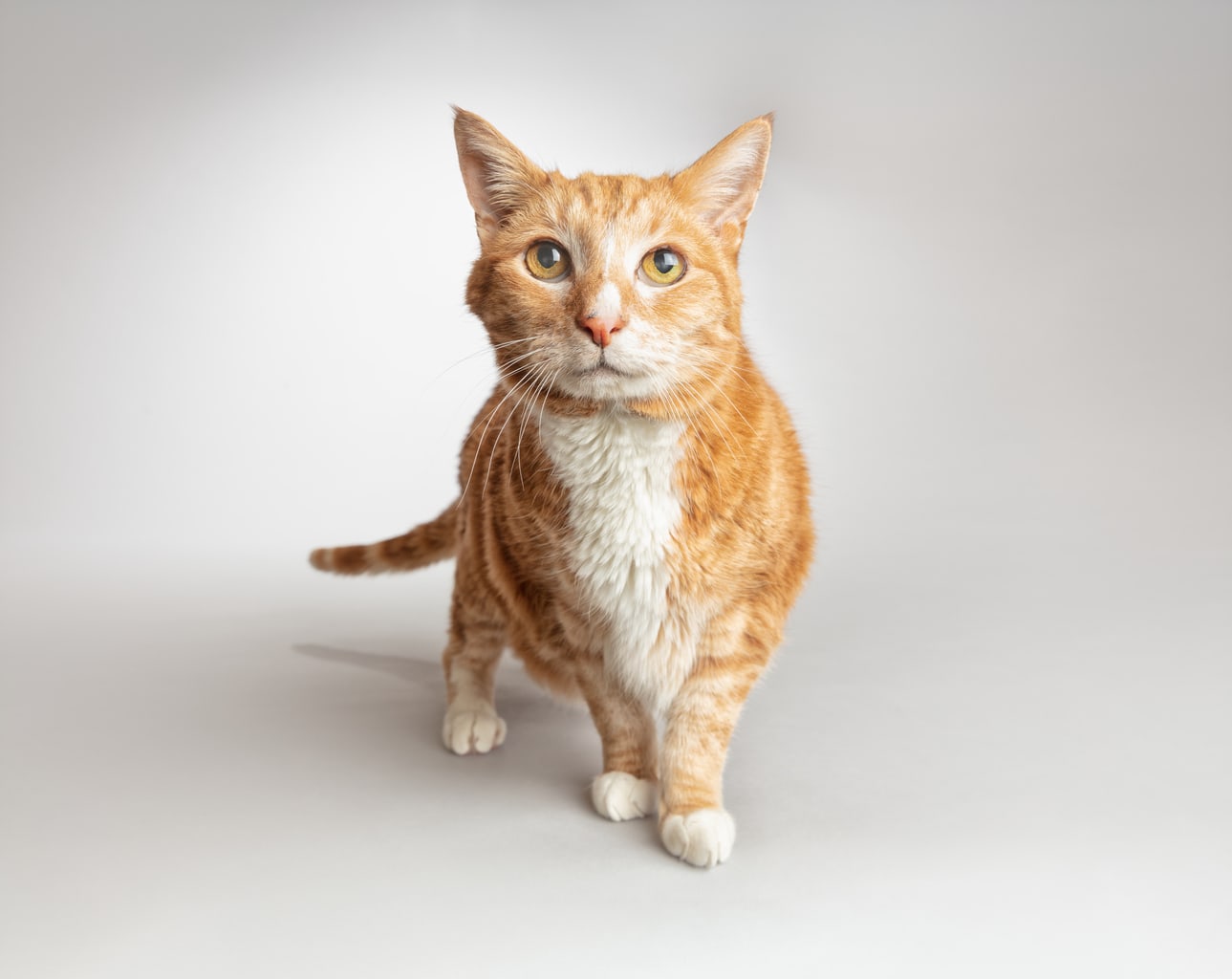
Take a class. While a good dog handler on set makes my job easier, that’s not always the case. Take a class with an experienced dog trainer. Being present with my own dogs as they worked through their training has helped me when photographing both trained and untrained pups. Classes have taught me how to reward behaviors I want the dog to repeat. You can’t just hold a treat over your camera and expect the dog to stare into your camera for an extended period without payment; they’ll lose interest. Rebus did get to play with the tennis ball for short periods during our shoot. His reward was squeaking it himself a few times, then giving it back. It kept him engaged! Wendy seen with her cows is motivated by food. She will sit in front of me manding (obediently sitting instead of jumping), but engages as long as I give her treats every so often. Training classes help you understand how to effectively read an animal’s body language and work your shoot around them.
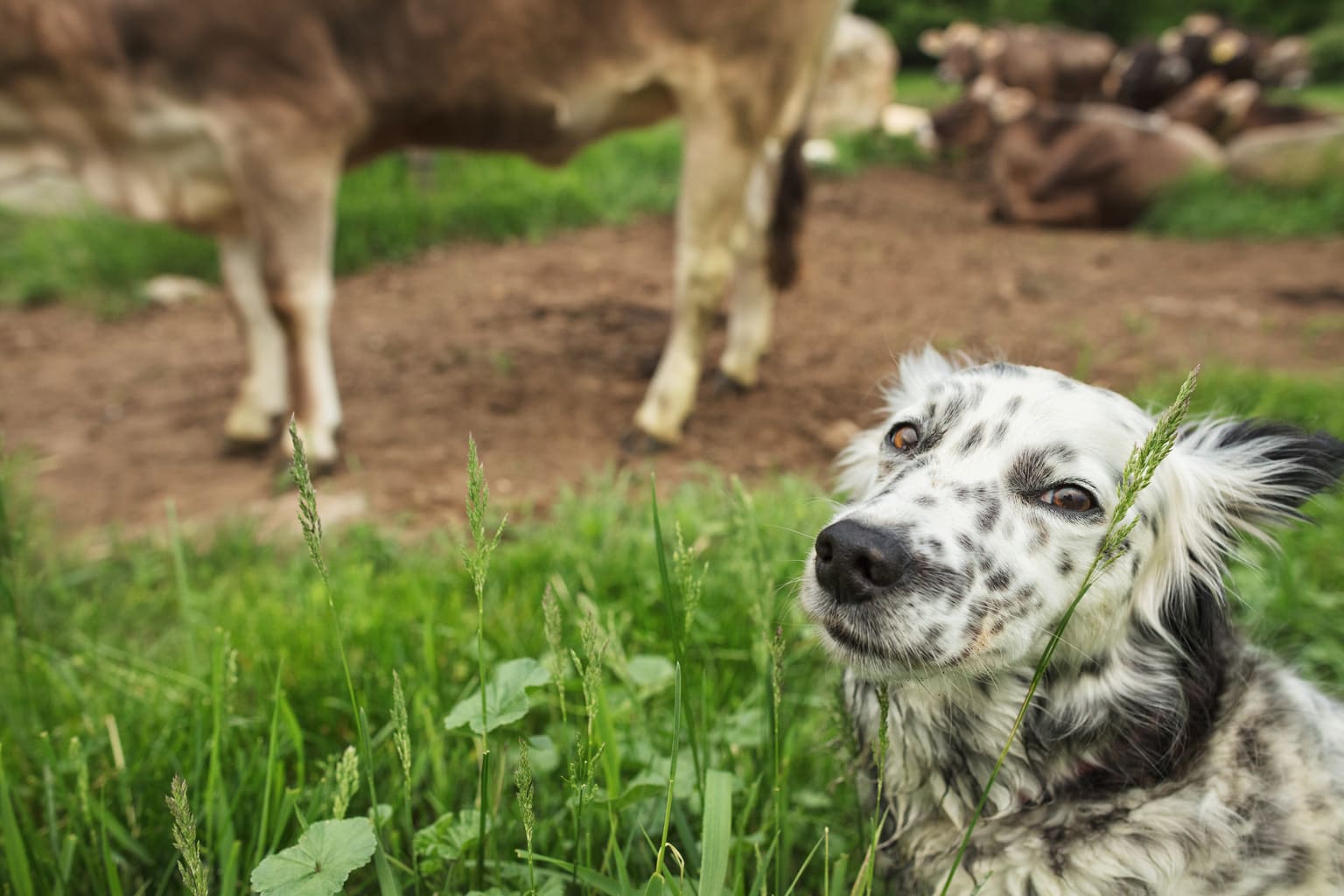
Authenticity is key. One way to ensure you’re getting the best photos possible is by photographing animals doing what they love. I love casting real dogs and their owners when I can because their connection is so apparent. There’s an authenticity to seeing dogs and their owners doing what they love together. I create an annual dog calendar as a promo that I send out to advertising agencies. One of the agencies I met with in Kansas City asked if I was interested in working on a project for Diamond Pet Foods.
Soon after I did a branding library of stills and video for Diamond, shooting one day in Philadelphia and one day in the Adirondacks. You cannot just throw a big dog into a small boat on the first try or take a country dog to a city dog park and expect it to be completely relaxed. So, we looked for a variety of activities that our owners already enjoyed doing with their dogs. That was our way of ensuring authenticity.
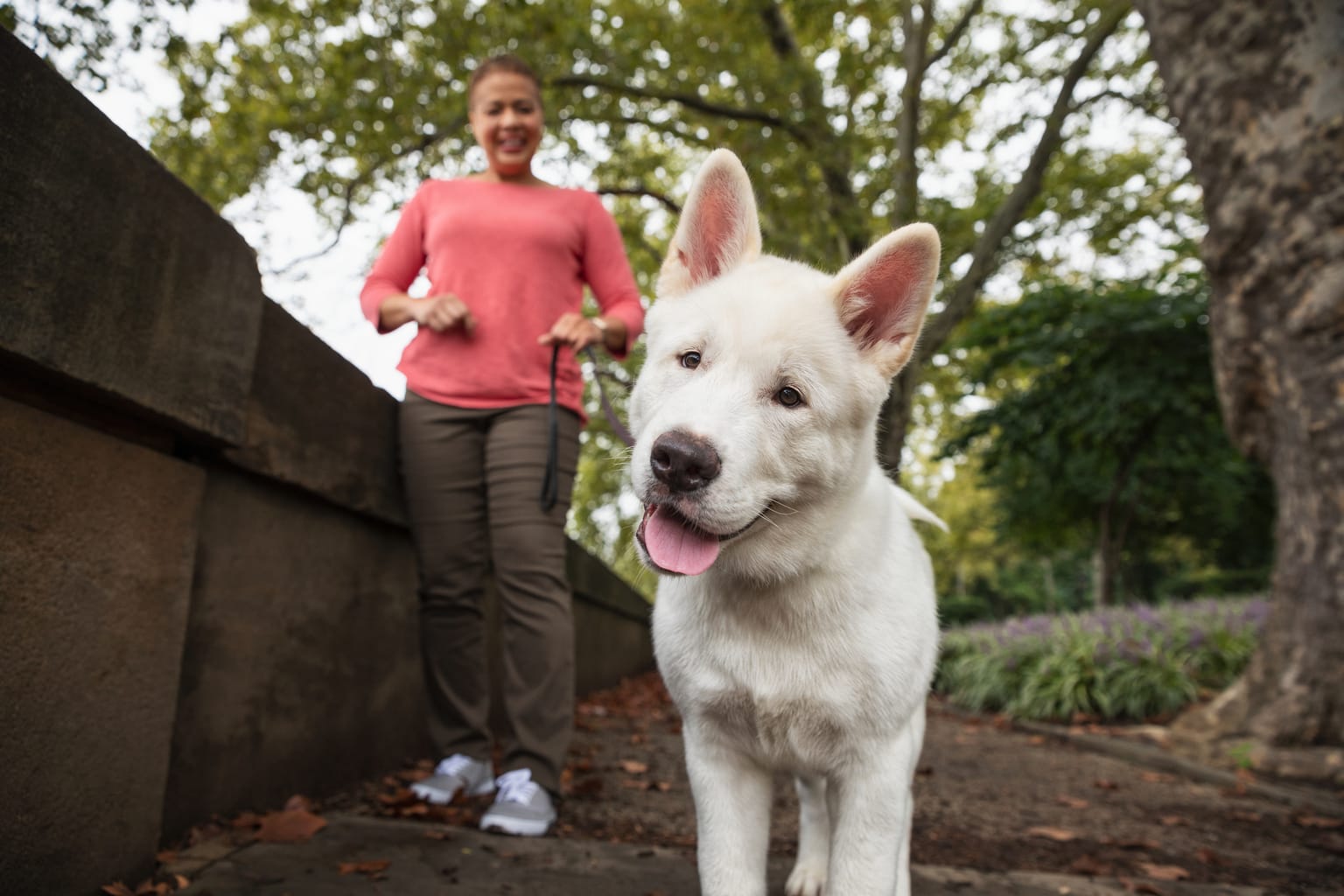
Relax! You get what you give. If you are stressed out, animals can feel it and often shut down. Sometimes you just need to capture the moment in front of you, like this moment between a boy and his dog on Whiteface Mountain. While doing some video of Denali walking down a path towards my camera, she came to me and planted a sweet little kiss on my face. I instinctively said, “I love you too, now go back and do that again!” My creative director chuckled and noted it was the first time he’d ever heard a photographer tell her subject “I love you.” Any day there are animals on location is a good day, but my connection with the animals is what lands me the job.
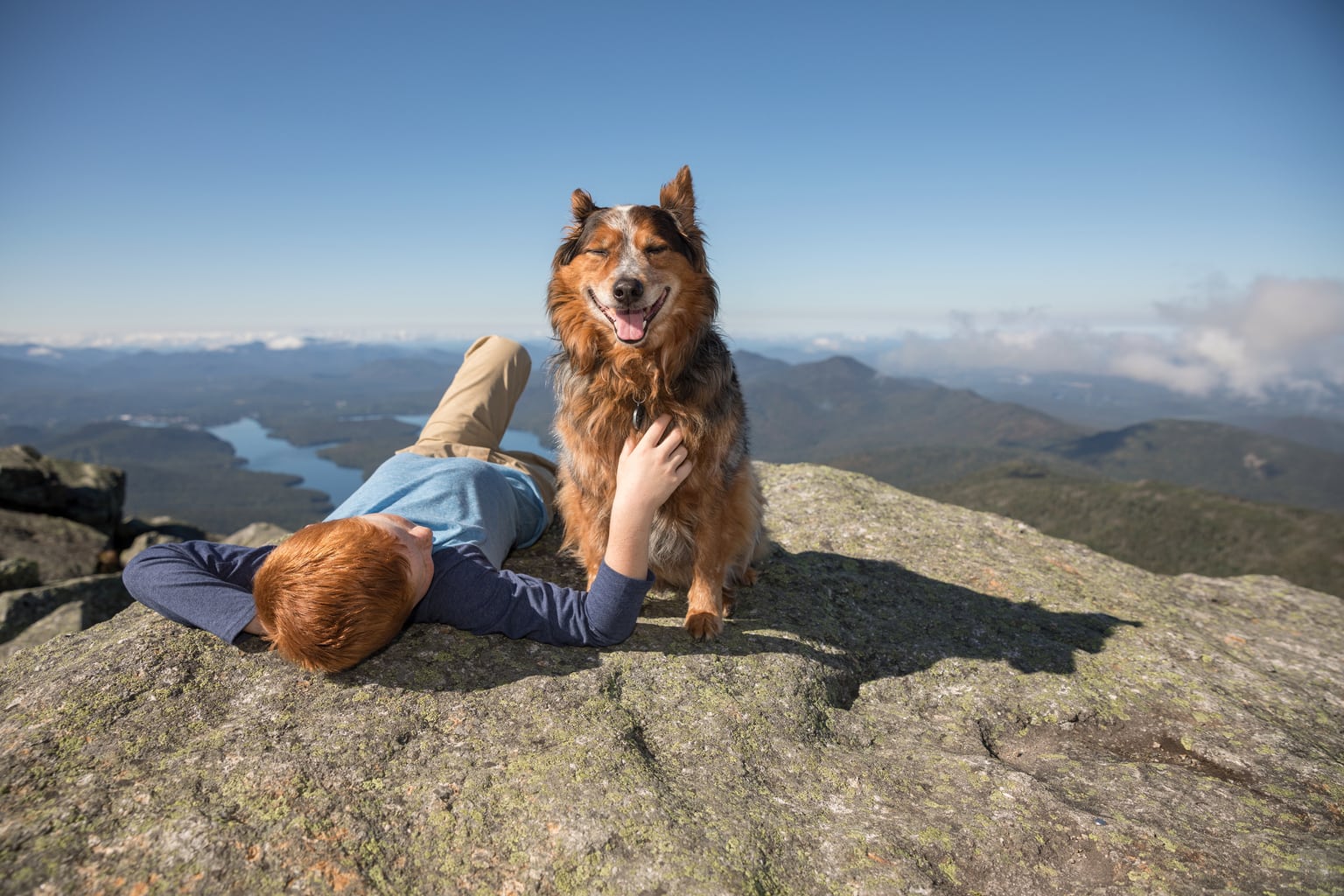
Let them come to you. This works especially well for livestock in their pasture. Sudden moves can spook any animal. My favorite lens for photographing animals in the pasture is a 24mm. I love that you feel as if you can touch them while still being able to see their environment. Often I’m sitting or kneeling in the field. Animals are curious, so they’ll come over to check me out. Livestock scare easily and are harder to position where you want them. Some can be lured with grain, some you just need to pick your shot and let them come to you.
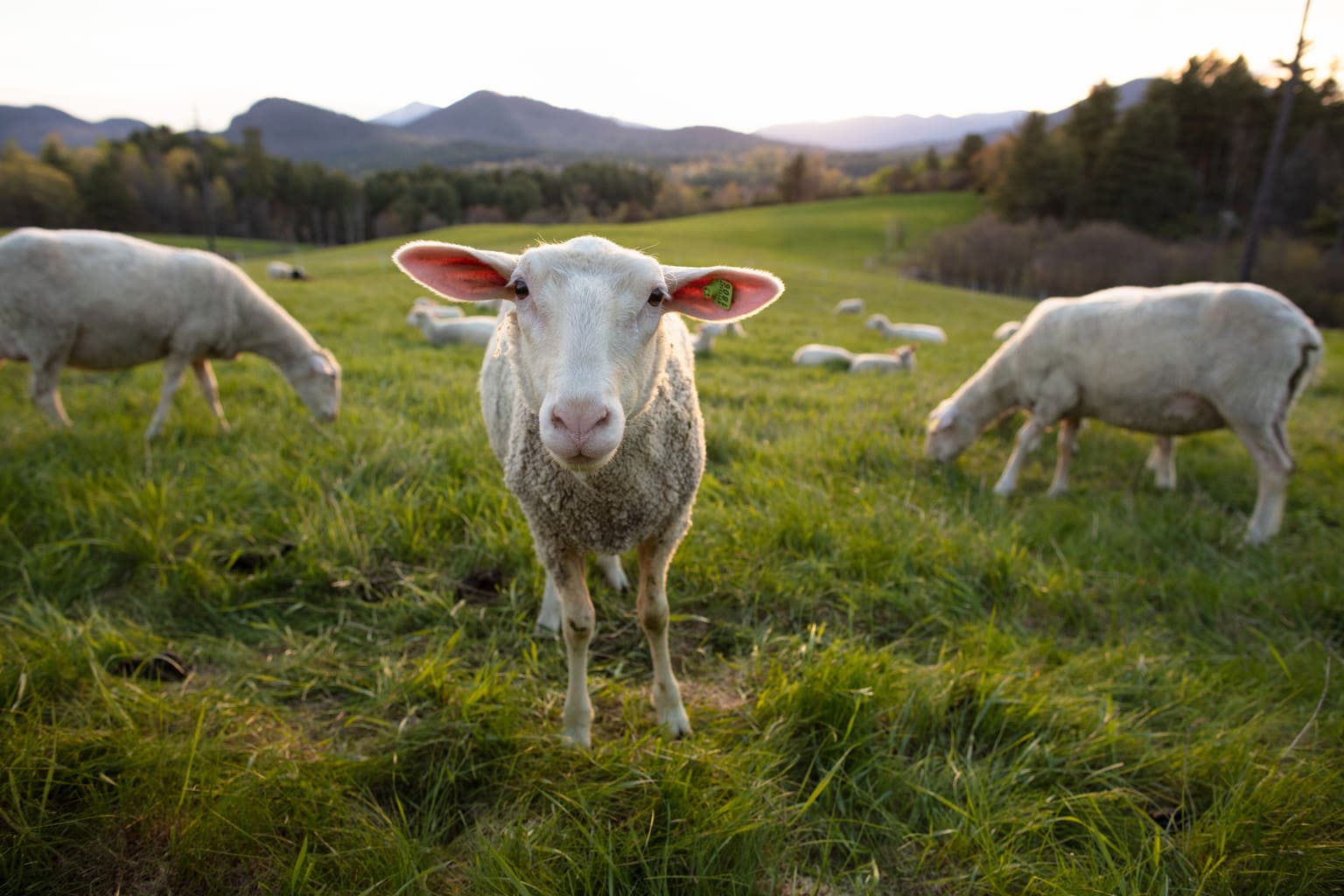
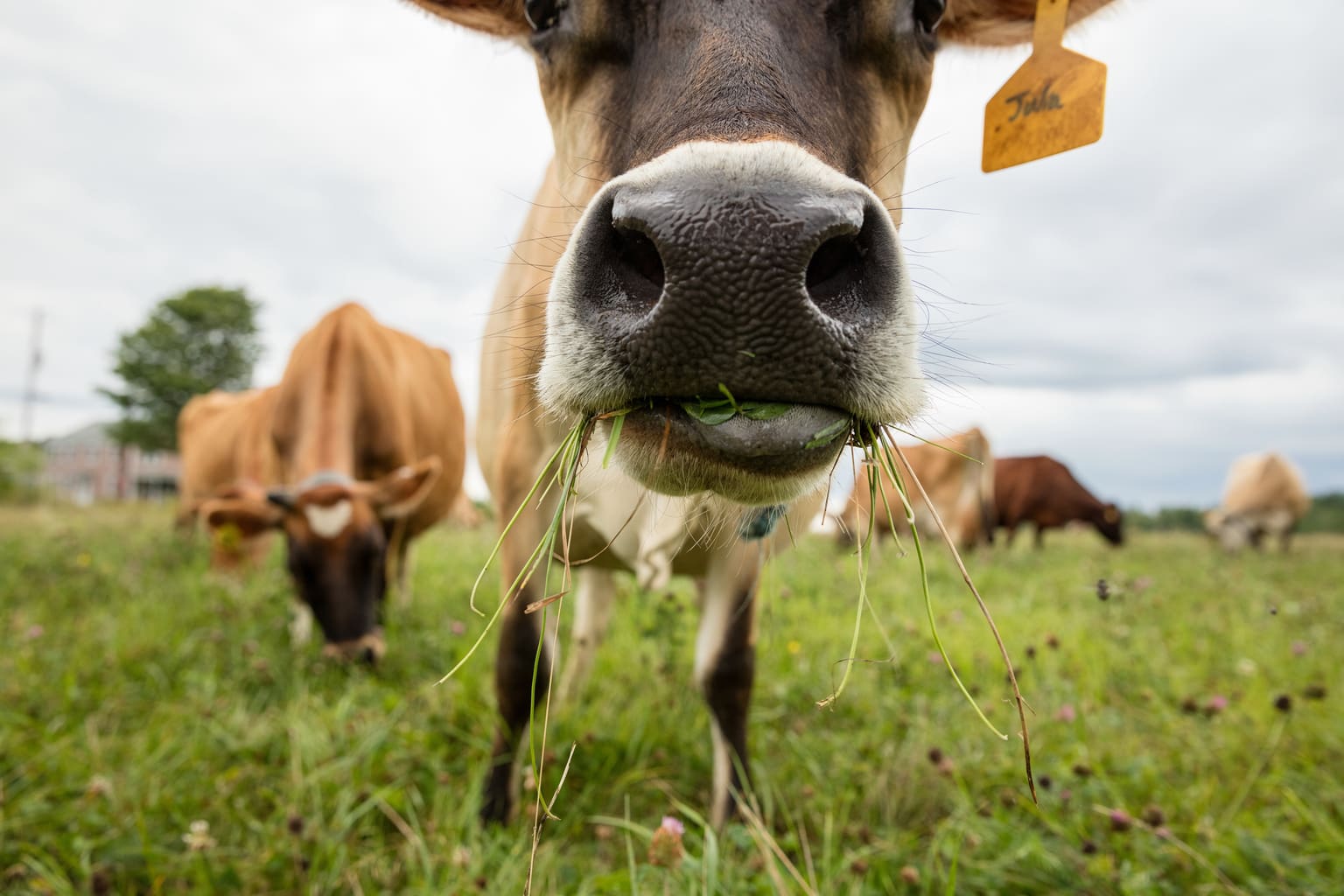
***
Keep up with Lisa by following her on Instagram @godfreysdogpack and @lisajeangodfrey. We’d love to continue this by hearing your tips and lessons from your experience photographing animals so comment below to share your stories!
All photos by Lisa Godfrey.


